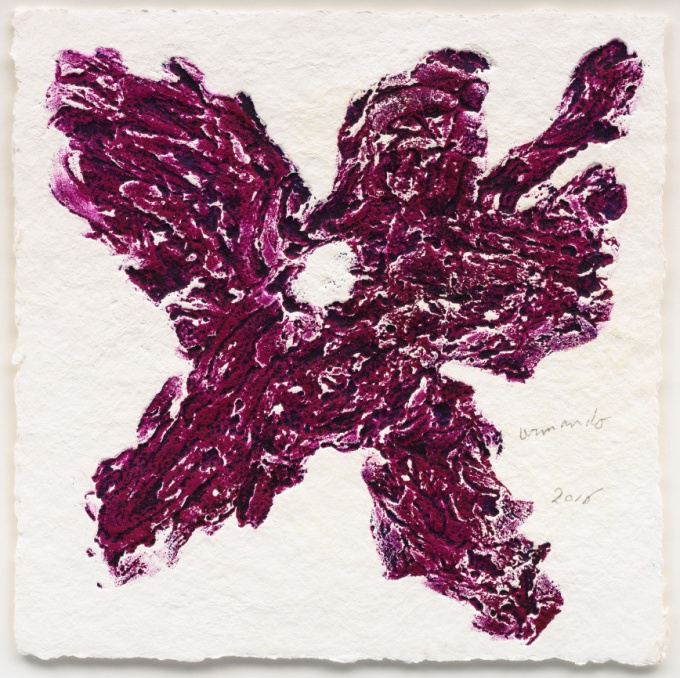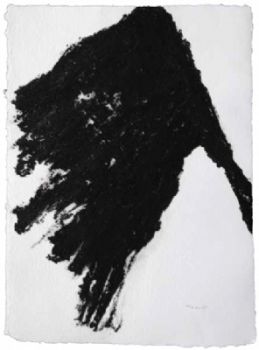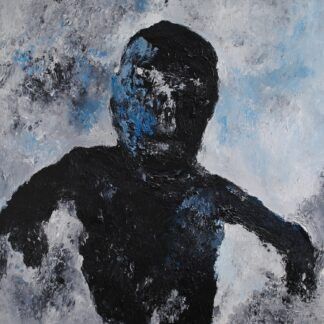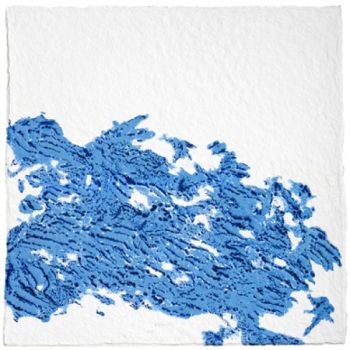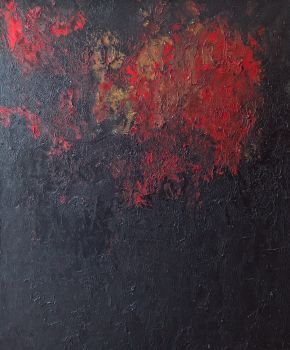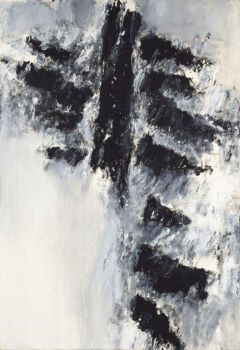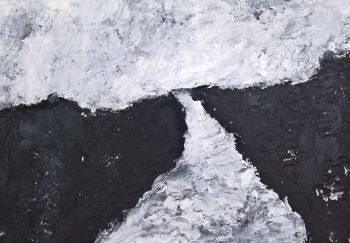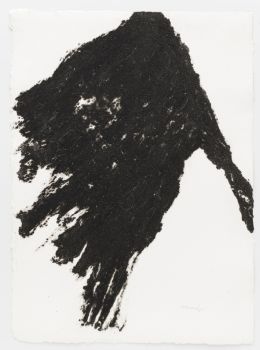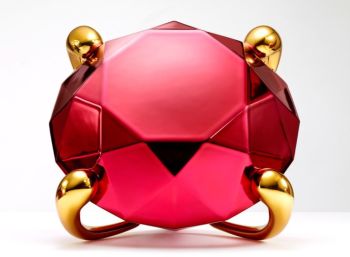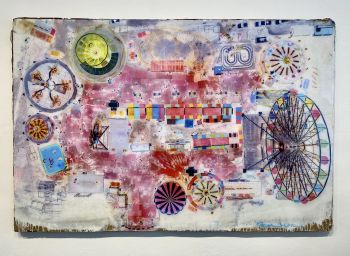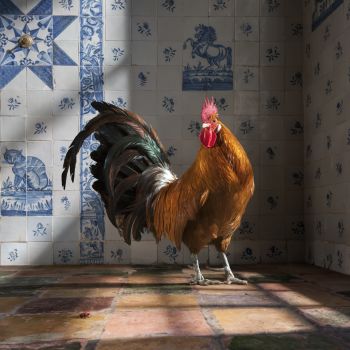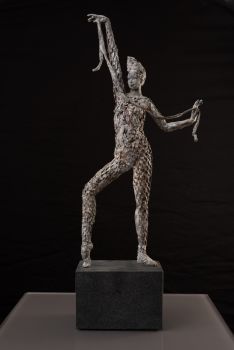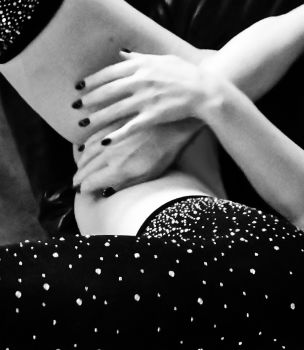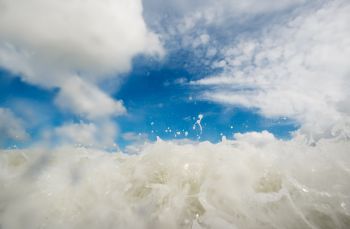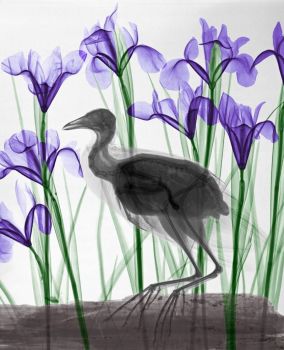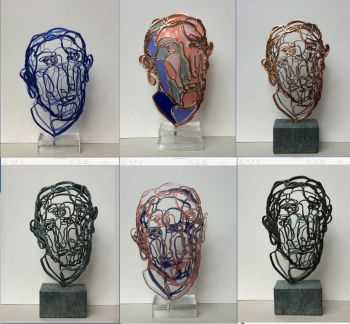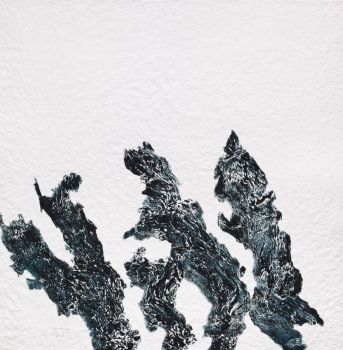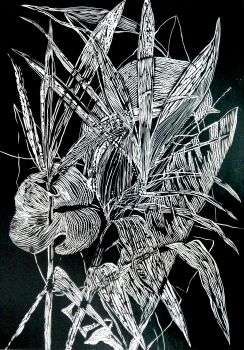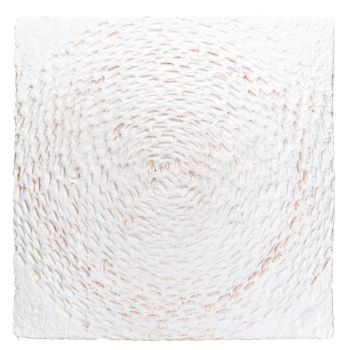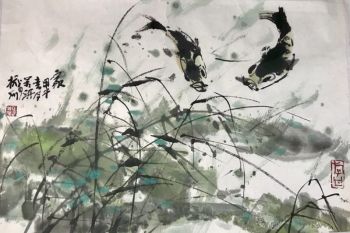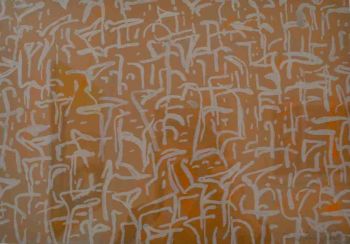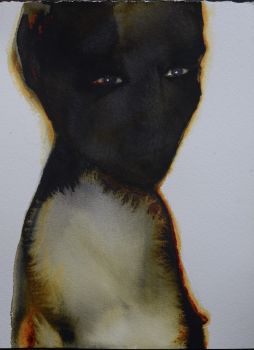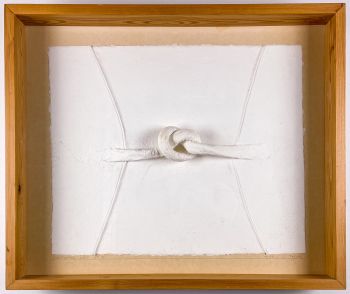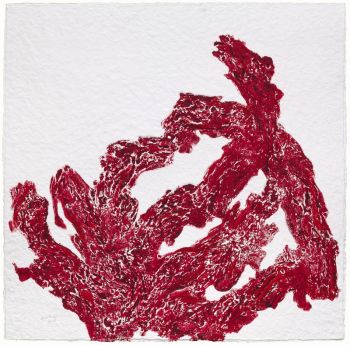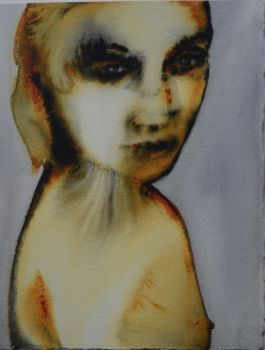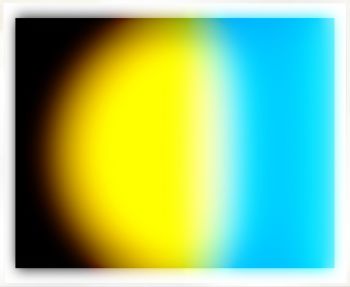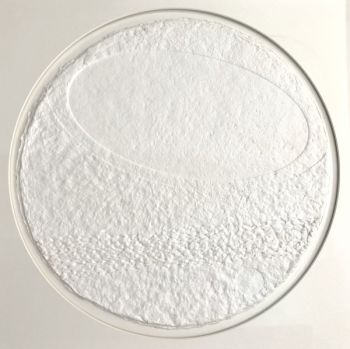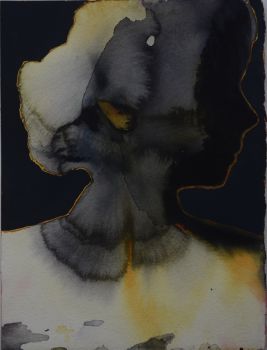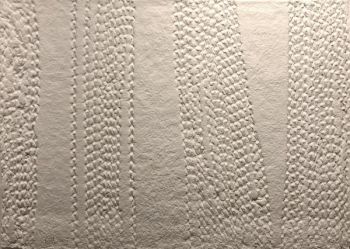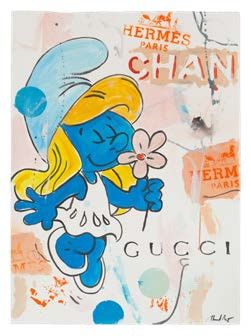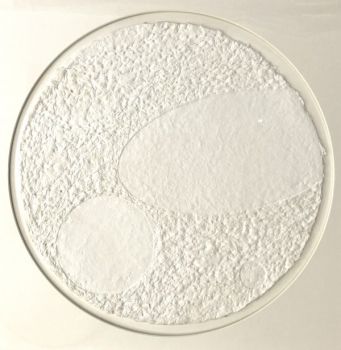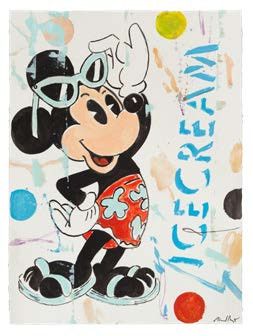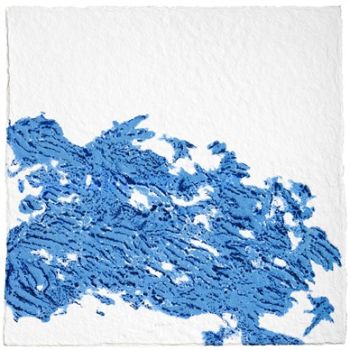Blume (Violet) 2016
Armando
PaperHandmade paper
67 ⨯ 67 cm
ConditionExcellent
Currently unavailable via Gallerease
- About the artworkCarborundum is na diamant de hardste stof en wordt in grafische ateliers gebruikt om lithostenen te greinen, dat wil zeggen ruw te maken. Ergens in de experimentele zeventiger jaren besluit iemand in Parijs om dit materiaal op plexiglas aan te brengen - aanvankelijk met vuur, later met lijm - en met deze plaat te drukken op dik handgeschept papier. De carborundum-techniek is geboren.
Juist omdat Armando in zijn doeken met veel structuur en reliëf schilderde sloot deze techniek perfect aan op zijn schilderkunst. Alle prenten van Armando werden met lithografische inkten gedrukt op zwaar handgeschept papier in zeer kleine oplages . Uiteraard zijn alle prenten door Armando met de hand gesigneerd. Het gelimiteerde karakter en de originele ambachtelijke techniek van deze edities maken deze werken van Armando nu al tot collector’s items die exclusief bij ons verkrijgbaar zijn.
De prijs van dit werk bedraagt €990 inclusief een wit houten bloklijst met museumglas. - About the artistHerman Dirk van Dodeweerd (Amsterdam,18 September 1929), known as Armando, is a Dutch painter, sculptor and writer. He was born in Amsterdam but he moved to Amersfoort during the Second World War. After the liberation (1945), he studied art history at the University of Amsterdam.
His first solo exhibition was held at the Galerie Le Canard, Amsterdam, in 1954. In this period he also started to write poetry. His paintings and drawings were influenced by the CoBrA art group and Debuffet.
In 1958 he was one of the founders of the Nederlandse Informele Groep, which merged into the Nederlandse Zero-movement in 1960. The members of the Nul group brought to their work an entirely new, astonishing vision of familiar things.
 The artist Armando at work at his studioAfter joining the Situationist International (SI), he attended their conference, held in Munich between 17 and 20 April 1959. He wrote, along with Anton Alberts, Constant and Har Oudejans, the First proclamation of the Dutch Section of the SI. Although he was expelled from the SI in 1960, he proceeded to contribute to other Situationist publications like the Situationist Times. He also contributed to Podium, Gard Sivik, De Nieuwe Stijl, and Barbarber.
The artist Armando at work at his studioAfter joining the Situationist International (SI), he attended their conference, held in Munich between 17 and 20 April 1959. He wrote, along with Anton Alberts, Constant and Har Oudejans, the First proclamation of the Dutch Section of the SI. Although he was expelled from the SI in 1960, he proceeded to contribute to other Situationist publications like the Situationist Times. He also contributed to Podium, Gard Sivik, De Nieuwe Stijl, and Barbarber.From 1979 he lived alternately in Amstelveen and Berlin for over 25 years, where he worked until 1989 in the old studio of the Nazi sculptor Arno Breker. From that time on he lived in Amstelveen, but he had plans to settle in Amersfoort, the city of 'his' museum, the Armando Museum.
 Armando and his sculptures and paintings, in the Elleboogkerk in Amersfoort, where the Armando Museum was established in 1998
Armando and his sculptures and paintings, in the Elleboogkerk in Amersfoort, where the Armando Museum was established in 1998On October 22, 2007, this museum was completely destroyed by a raging fire, whereby almost the entire collection and part of the documentation archive were lost. Part of the rescued collection was transferred to the new Museum Oud Amelisweerd (MOA) in Bunnik. The first exhibition of this collection in Oud-Amelisweerd was opened on 21 March 2014 by Princess Beatrix.
 Armando's collection was opened on 21 March 2014 by Princess Beatrix
Armando's collection was opened on 21 March 2014 by Princess BeatrixHis legacy
In 2013 his collection of poems Stemmen was published. In November 2015, Uitgeverij Koppernik published 21 new poems under the title Why. Since 2014 the Armando Collection found a new home in the Museum Oud Amelisweert near Bunnik (NLD).
 Armando exhibition in Museum Voorlinden, 2019
Armando exhibition in Museum Voorlinden, 2019Armando died on July 1, 2018 in the German city of Potsdam.
Artwork details
Related artworks
- 1 - 4 / 12
- 1 - 4 / 24
- 1 - 4 / 24
- 1 - 4 / 24

